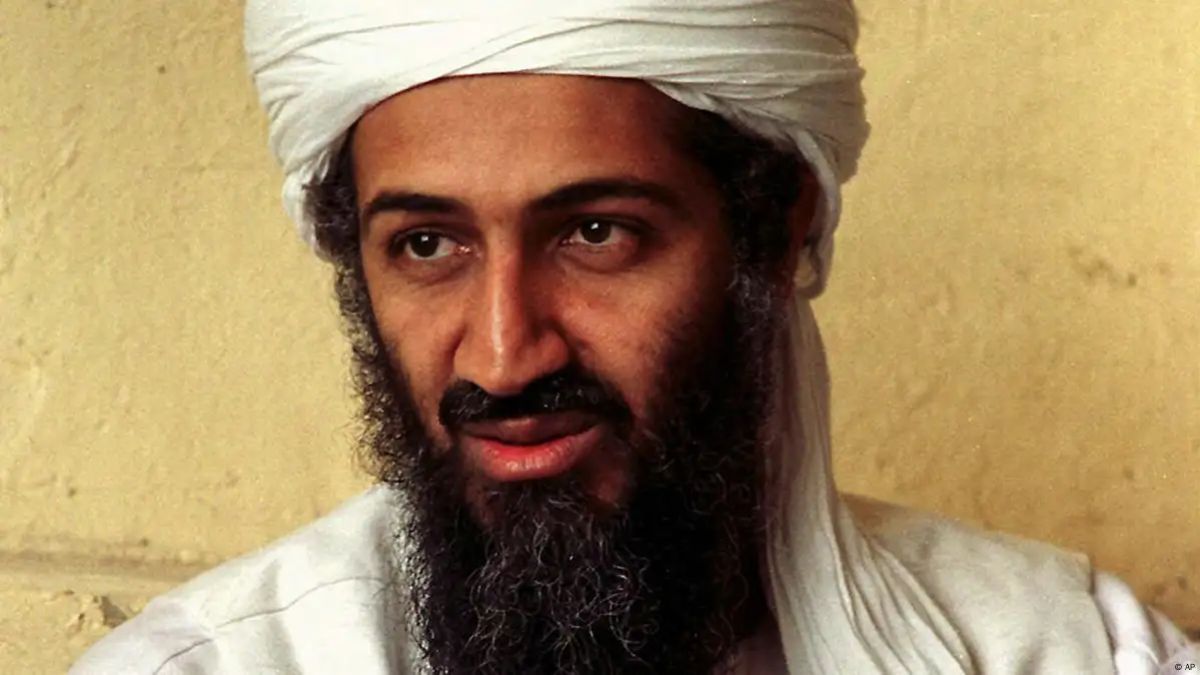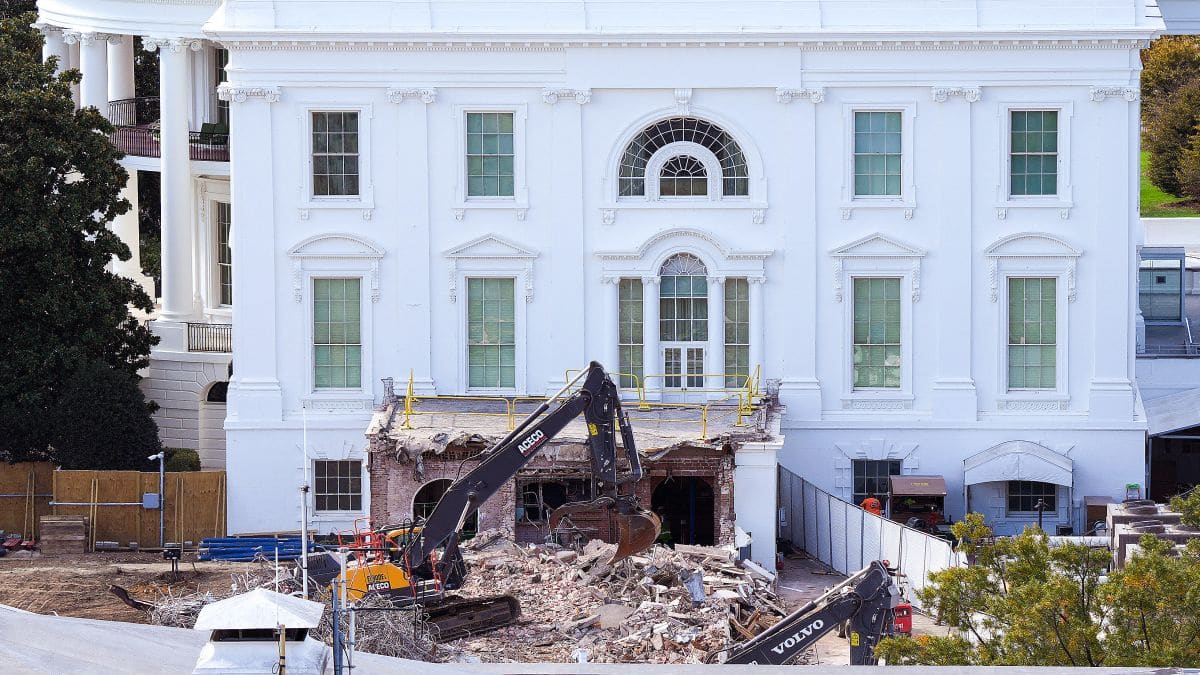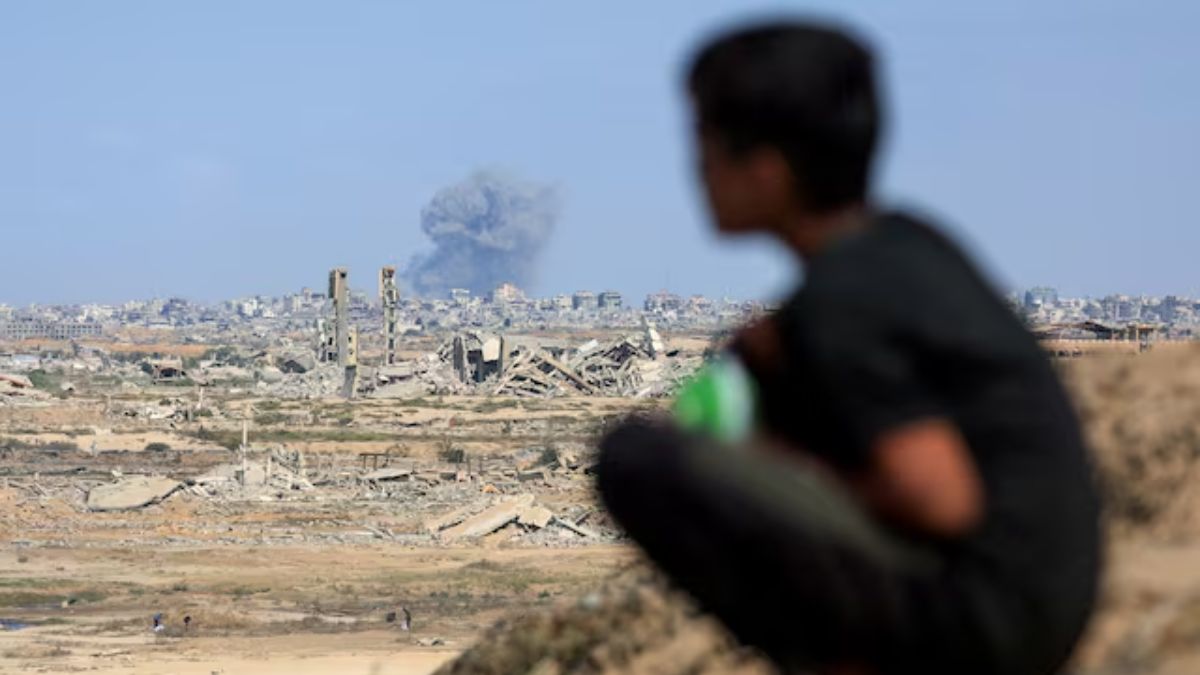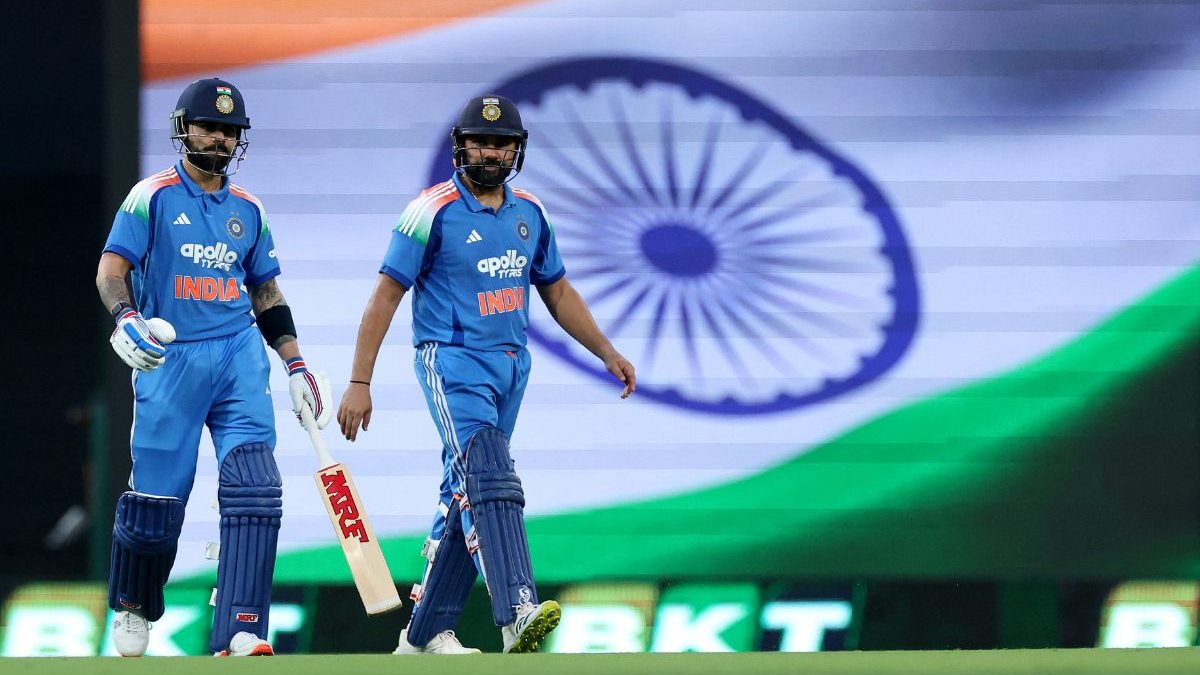Just days after the September 11 attacks devastated the United States, President George W Bush launched a mission against Osama bin Laden’s al-Qaeda network in Afghanistan, seeking to bring those responsible for one of the deadliest terrorist attacks to justice.
Now, former CIA officer John Kiriakou has revealed a startling detail from the operation: bin Laden managed to escape from the Tora Bora mountains in Afghanistan disguised as a woman when the US forces cornered his camp.
In an interview with ANI, Kiriakou, who once led the CIA’s counter-terrorism operations in Pakistan, said US forces were misled by a translator who, unbeknownst to them, was an al-Qaeda operative.
His account sheds light on the confusion and chaos that marked the early days of America’s war on terror, and how the world’s most wanted terrorist managed to slip through their grasp.
Here’s a closer look at the chapter.
How US forces found Bin Laden in Tora Bora
Just days after the September 11 attacks, President George W Bush launched Operation Jawbreaker, aimed at gathering intelligence on al-Qaeda to pave the way for the US military’s entry into Afghanistan. The mission’s ultimate goal was to locate bin Laden and either capture him for trial or eliminate him.
Berntsen explained, “First, the United States was reactive at the time rather than proactive. You remember, we waited for more than a month before we started bombing Afghanistan. We were trying to be deliberate. We were trying to not let emotion cloud our judgment. And we waited a month until we had proper buildup in the region. And then we began attacking known Al-Qaeda sites.”
CIA field commander Gary Berntsen, who led the operation on the ground, recalled that his team had operatives stationed across Afghanistan. The breakthrough came when one of bin Laden’s radios was discovered, and tracing its signal pointed to the Tora Bora mountains.
By November 30, 2001, bin Laden was believed to be hiding in the White Mountain range of Tora Bora. CIA operatives, alongside Afghan tribal militias, began sweeping the area, while aerial bombardments were used to flush him out, according to the BBC.
During the early stages of the battle, Berntsen requested 800 US Army Rangers to help block escape routes, as his forces were heavily outnumbered. However, the request was denied by the US Army, according to federal records. In his autobiography, Jawbreaker: The Attack on Bin Laden and Al Qaeda, Berntsen admitted that this decision significantly affected the outcome of the mission.
Also read: Why did Osama feel safe living for years in Pakistani military town, asks Jaishankar
Bin Laden’s dramatic escape
Even though US forces had bin Laden cornered in Tora Bora, they were misled in a surprising way.
Kiriakou explained, “We did not know that the translator for the commander of Central Command was actually an al-Qaeda operative who had infiltrated the US military.”
At the time, the US team believed they had the terrorist leader trapped and tried to negotiate his surrender. “We told him to come down the mountain,” Kiriakou said.
Through the translator, bin Laden asked for a delay, claiming he needed to evacuate women and children. “Can you just give us until dawn? We want to evacuate the women and children and then we’ll come down and give up,” Kiriakou quoted him as saying.
The translator convinced General Franks to approve the delay, but the request turned out to be a ruse. “What ended up happening was bin Laden dressed as a woman and he escaped under the cover of darkness in the back of a pickup truck into Pakistan,” Kiriakou added.
This clever misdirection allowed bin Laden to slip past US forces, even though they believed the operation had him trapped. “They had all escaped. And so we had to move the fight to Pakistan proper.”
Also read: Why the US must stop playing snake charmer to Pakistan
‘We had to buy Musharraf’
The US eventually tracked Bin Laden to Abbottabad in northern Pakistan, where he was killed on May 2, 2011, by US Special Forces during a raid on his safe house.
Reflecting on relations with Pakistan at the time, Kiriakou said they had to “essentially just purchase Musharraf,” referring to then-President Pervez Musharraf, adding that he “essentially would let us do whatever we wanted to do.”
“Our relations with the Pakistani government were very, very good. It was General Pervez Musharraf at the time. Let’s be honest here, the United States loves working with dictators. Because then you don’t have to worry about public opinion and you don’t have to worry about the media anymore,” he explained.
Kiriakou described how the US regularly met with Musharraf, giving “millions and millions and millions of dollars in aid, whether it was military aid or economic development aid,” and in return, Musharraf allowed the Americans significant operational freedom.
However, he added, Musharraf also had to manage his own military, which “didn’t care about Al Qaeda. They cared about India. And so in order to keep the military happy and keep some of the extremists happy, he had to allow them to continue this dual life of pretending to cooperate with the Americans on counterterrorism while committing terror against India.”
US focused on Al-Qaeda, not India
While working to track down the Al-Qaeda terrorist, the US largely focused on Al-Qaeda and Afghanistan, rather than India’s concerns, Kiriakou said.
He recalled a key moment in March 2002 when US forces raided a Lashkar-e-Taiba safe house in Lahore and captured three fighters along with an Al-Qaeda training manual. “It was the first time, analytically, that we were able to connect Lashkar-e-Taiba with Al-Qaeda. I remember receiving a cable from the deputy director of the CIA for intelligence congratulating us on finding this training manual, saying it was the very first time that we could attach the Pakistani government to Al-Qaeda,” Kiriakou told ANI.
Despite this connection, the issue was not publicly highlighted at the time. “The decision was made at the White House. The relationship [with Pakistan] was considered bigger than India or regional concerns, at least temporarily. We needed the Pakistanis more than they needed us,” he said.
Kiriakou added that the US relied on Pakistan to allow operations like basing drones in Balochistan, even if it meant overlooking how Pakistan’s military and extremists were still focused on India. “Islamabad needs to come to a policy conclusion that there’s nothing positive for it in fighting with India, and that Pakistan will lose any conventional war with India,” he noted.
With input from agencies


)

)
)
)
)
)
)
)
)



